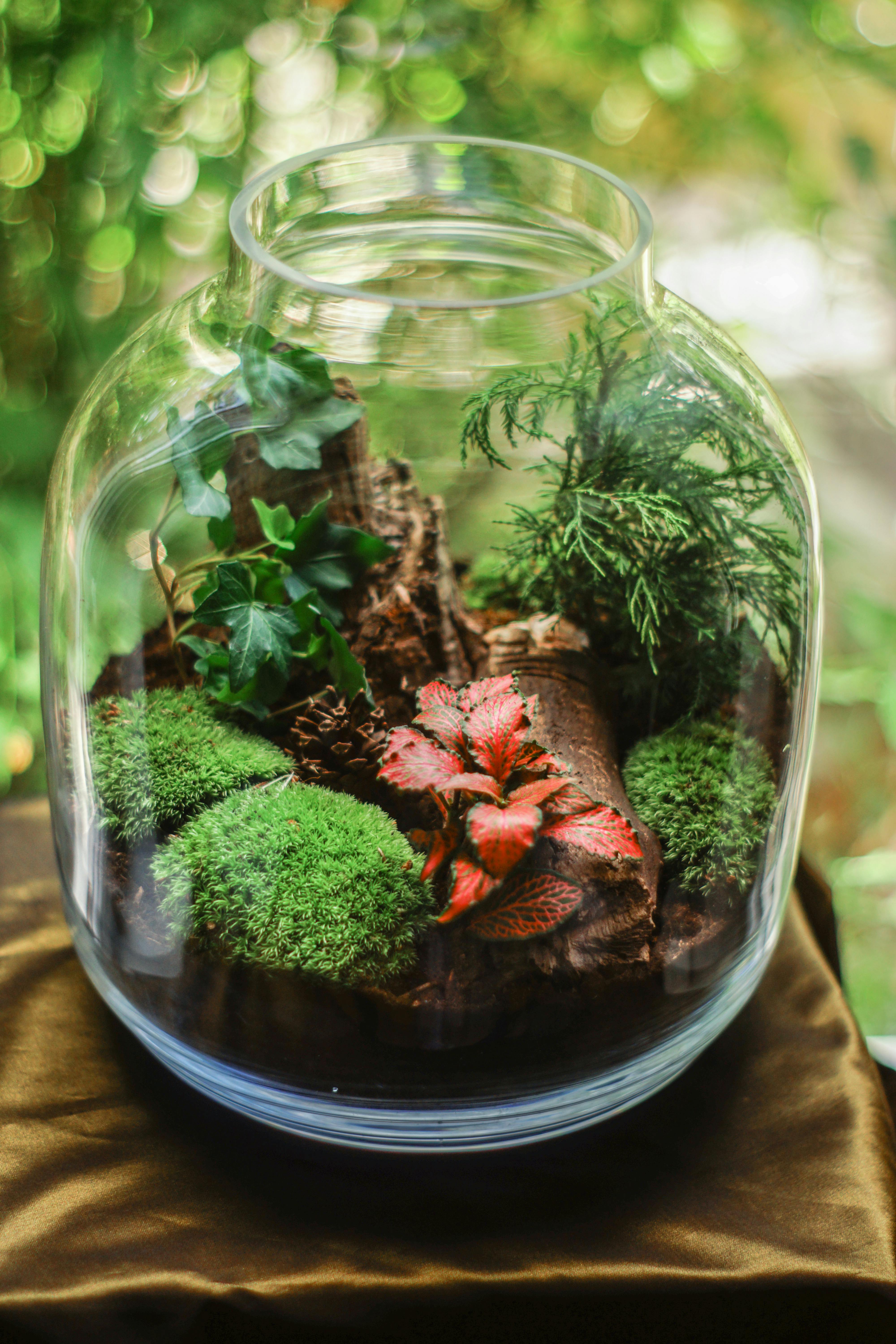Terrarium Tables: Living Furniture for the Modern Home
Imagine walking into a living room where the coffee table is not just a surface for magazines and remote controls, but a miniature ecosystem thriving beneath a glass top. This is the captivating world of terrarium tables, a rising trend in home decor that blends functionality with natural beauty. These innovative pieces of furniture are transforming interior spaces, bringing a breath of fresh air to modern homes and redefining our relationship with indoor greenery.

Designing with Living Elements
The art of crafting a terrarium table involves careful consideration of both form and function. Designers must balance the needs of the plants with the table’s practical use. Popular plant choices include low-maintenance succulents, air plants, and mosses, which thrive in enclosed environments. The key is to create a self-sustaining ecosystem that requires minimal care while providing maximum visual impact.
Microclimates in Furniture
One of the most fascinating aspects of terrarium tables is their ability to create microclimates within the home. These enclosed environments can maintain their own humidity levels, making them ideal for tropical plants that might otherwise struggle in dry indoor air. This feature allows homeowners to cultivate exotic species that would be challenging to grow in traditional pots, adding a unique botanical element to their living spaces.
Customization and Personalization
The beauty of terrarium tables lies in their versatility. Homeowners can customize these living pieces to reflect their personal style and interests. Some opt for desert-inspired landscapes with cacti and sand, while others create lush, forest-like settings with ferns and miniature trees. This adaptability makes terrarium tables suitable for a wide range of interior design styles, from minimalist to eclectic.
Maintenance and Care
Despite their complex appearance, terrarium tables are surprisingly low-maintenance. The enclosed nature of the terrarium creates a self-regulating environment that requires infrequent watering and minimal pruning. However, proper setup is crucial for long-term success. Factors such as proper drainage, appropriate soil mix, and balanced lighting must be carefully considered to ensure the longevity of the living display.
The Psychology of Living Furniture
Research has shown that exposure to nature, even in small doses, can have significant psychological benefits. Terrarium tables bring these benefits directly into our living spaces, providing a constant connection to the natural world. Studies suggest that this integration of nature into our daily environments can reduce stress, improve mood, and enhance cognitive function.
Technological Integration
As smart home technology continues to advance, some designers are exploring ways to integrate these systems into terrarium tables. Imagine a table that can monitor soil moisture levels, adjust lighting conditions, and even mist plants automatically. These high-tech features could make maintaining complex ecosystems even more accessible to the average homeowner.
The Future of Biophilic Design
Terrarium tables represent a growing trend in biophilic design, which seeks to incorporate natural elements into our built environments. As urbanization continues to separate us from nature, these living furniture pieces offer a way to bridge that gap. They serve as a reminder of our connection to the natural world and the importance of preserving it.
Conclusion
Terrarium tables are more than just a passing trend; they represent a shift in how we think about our living spaces. By bringing living ecosystems into our homes, we’re not just decorating – we’re creating dynamic, ever-changing environments that grow and evolve with us. As we continue to seek ways to connect with nature in our increasingly digital world, terrarium tables stand out as a beautiful and practical solution, blending the boundaries between furniture and living art.





